Sheffield scientists now know why kingfishers catch fire, robins are red, and jays are blue: the pattern of colour on a bird’s wing may have nothing to do with pigment, and everything to do with feather structure on a scale of billionths of a metre.
The research has a potential pay-off for fabric manufacturers and the paint industry. If blue jays never turn grey with age because their colour is based on the way light is manipulated rather than a splash of natural dye, then fashion designers could perhaps dream up amazing technicoloured coats that would never fade in the wash.
Andrew Parnell and colleagues reveal in the journal Scientific Reports that they used feathers from the Natural History Museum in London and one of the most powerful microscopes on the planet – the European Synchrotron Radiation Facility at Grenoble in France – to look at the exquisite engineering of the feather barbs of the Eurasian jay.
Garrulus glandarius displays a suite of colours that range from white through light blue, dark blue and black. Nature’s solution to the colour of a jay turns out to depend on well-controlled changes to the nanostructure of the feathers to reflect those wavelengths of light that humans identify as colour.
And the jay – like most birds – seems to be able to fine-tune the sponge-like structure of the keratin from which its feathers are made, to maintain distinctive patterns throughout its life. Such engineering solutions are not universal – flamingos for instance get their pink tinge from a diet of shrimps and shellfish rich in carotenoids – but for many birds, the colour comes with the basic biology. If the colours were just a consequence of pigment consumed with food, then these inevitably would fade.
There’s a lesson for humans from the bird world: evolution through the action of natural selection on random mutation has delivered some amazing solutions, and a new science called biomimetics already exists to harness some of these. Engineers have already started to exploit the glue that keeps marine mussels in one spot in rough seas; experimented with an air conditioning system first invented by termites, and begun to explore the strange forces that permit a gecko to run up a vertical wall.

The message from the bird world could start another line of research. That bird colouration was not simple was first observed at the dawn of microscopy 300 years ago, but it took ultra-bright x-radiation spun off from an accelerator to get down to the fine detail.
“Conventional thought was that to control light using materials in this way we would need ultra precise and controlled structures with many different processing stages, but if nature can assemble this material ‘on the wing’ then we should be able to do it synthetically too,” said Dr Parnell.
This discovery means that in future, we could create long-lasting coloured coatings and materials synthetically. We have discovered it is the way it is formed and the control of this evolving nanostructure – by adjusting the size and density of the holes in the sponge-like structure – that determines what colour is reflected.”
Right now, optical science cannot do what any bird-brain can achieve just by hatching. But if humans could exploit the knowhow of the avian world, then one day a red jumper will stay red, however many times it gets washed.
And co-author Adam Washington of the University of Sheffield said the same studies helped explain why non-iridescent structural greens are rare in nature.
“To create the colour green, a very complex and narrow wavelength is needed, something that is hard to produce by manipulating this tunable spongy structure,” he said. “As a result, nature’s way is to get round this and create the colour green – an obvious camouflage colour – to mix the structural blue like that of a jay with a yellow pigment that absorbs some of the blue colour.”
This article was first published by The Guardian on 21 Dec 2015. Lead Image: Some birds, such as flamingos, get their colour from pigments in their diet. The robin’s red breast, however, is caused by light reflection. Photograph: Alamy.

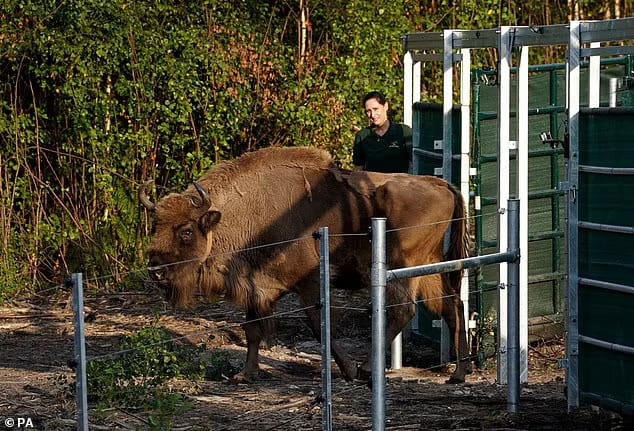
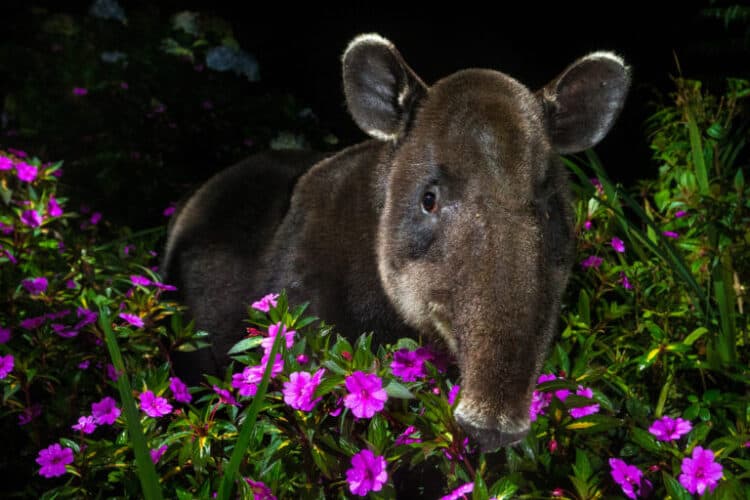
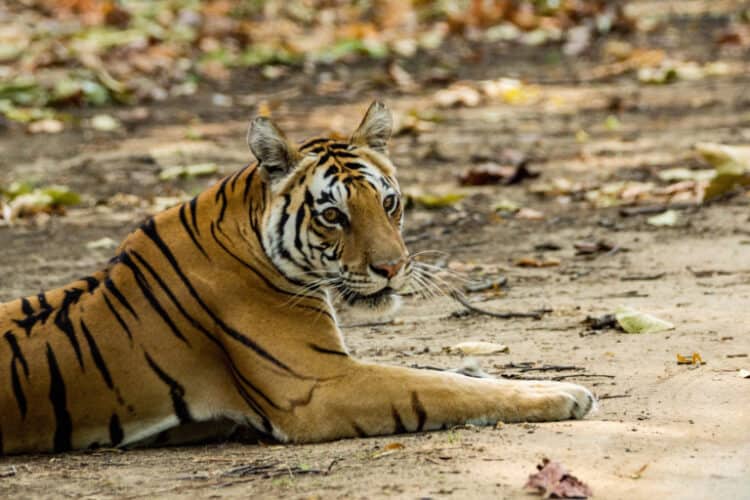
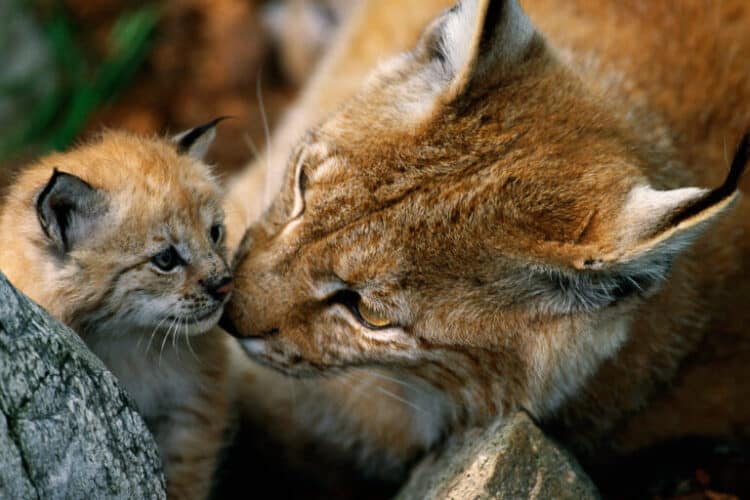

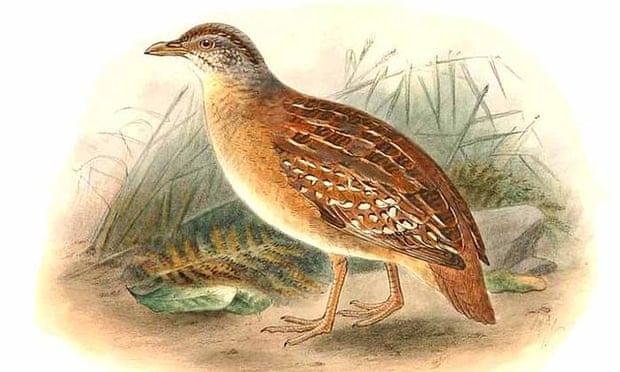
Leave a Reply